Types of Motorcycle Engines
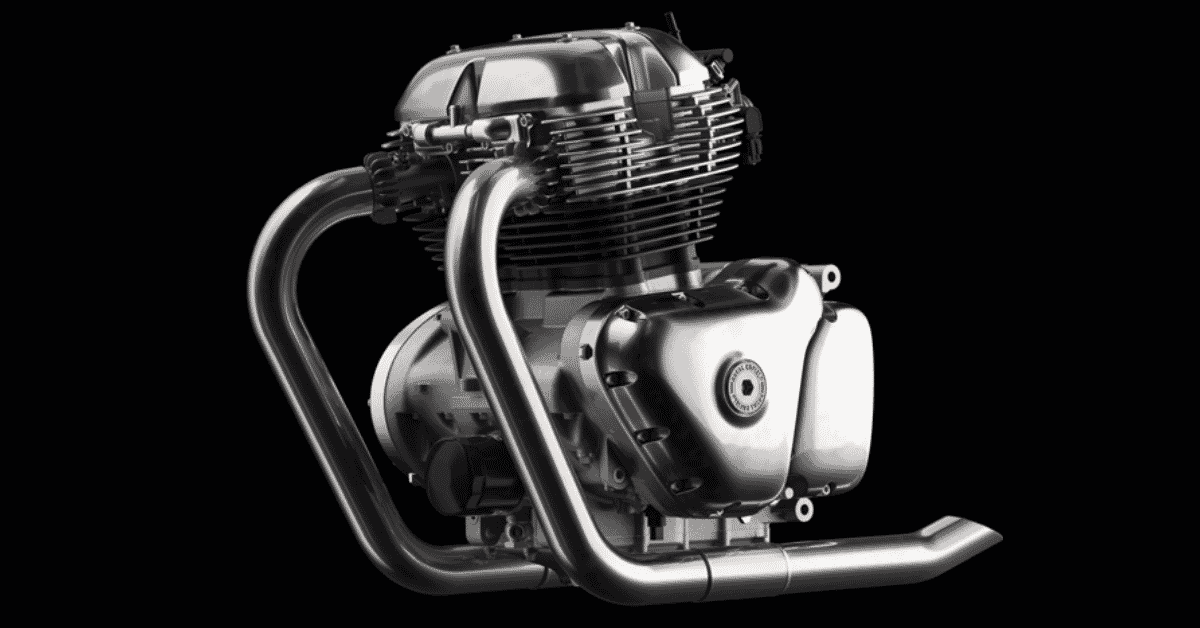
Types of Motorcycle Engines
Just why are there so many different types of motorcycle engine? And is a parallel twin better than a V-twin? What are the advantages of an inline four?
When motorcycles were in their infancy, there was only really one type of engine you could get: a single cylinder. As a rule they were four-stroke, slow revving, and could only muster a couple of horsepower - admittedly, impressive for the time.
Fast forward to today and there are a myriad of motors, capacities and configurations to choose between; from simple singles and punchy parallel twins, right through to horizontally-opposed six-cylinder powerhouses.
Here’s our basic guide to the the most common motorcycle engine configurations:
Single Cylinder
Single-cylinder engines are mechanically simple, which means lower manufacturing costs and easier maintenance.
They’re lightweight and compact, and perform well at low RPMs, so are ideal where weight is a
factor, and where low-end torque is more important than high-end horsepower, such as in off-road riding.
With only one piston, dynamic balance can be challenging though, leading to increased wear and tear on components and more vibration compared to a multi-cylinder.
In general, single-cylinder engines are more suited to smaller capacity machines, and those aimed at less experienced riders.
Two very different examples of a single cylinder motorcycle are the Royal Enfield Classic 350 and the KTM 690 SMC R
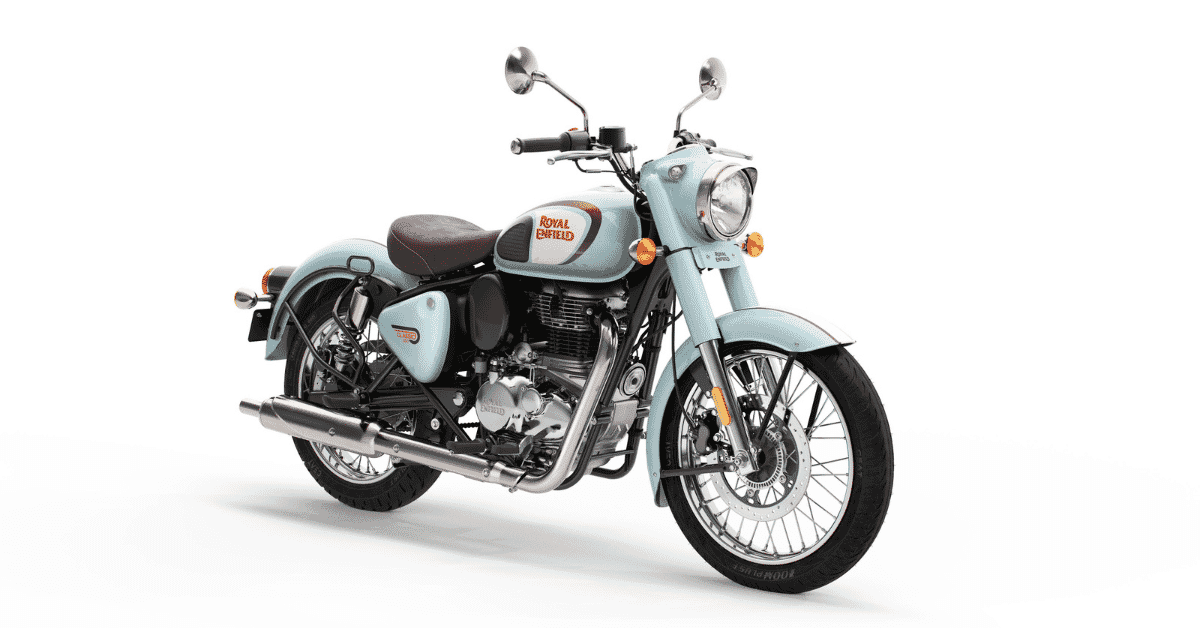
Parallel Twin
A parallel twin engine has two pistons running alongside each other. In a nutshell they mix the compact design, low weight and simplicity of a single, with a few added benefits.
Like a single, they use fewer components than multi-cylinder engines, so are still relatively cost-effective to produce and maintain.
A twin produces good torque at Low RPM, like a single, but the extra piston gives it much more into the mid-range and allows for a larger capacity. Vibration can still be an issue, although balancing mechanisms are often employed.
The sound a twin makes can also be less appealing to riders, although manufacturers have recently started experimenting with different crank set-ups and firing orders, which improves this.
Aprilia’s RS660 and the Honda Africa Twin both use parallel twin engines.
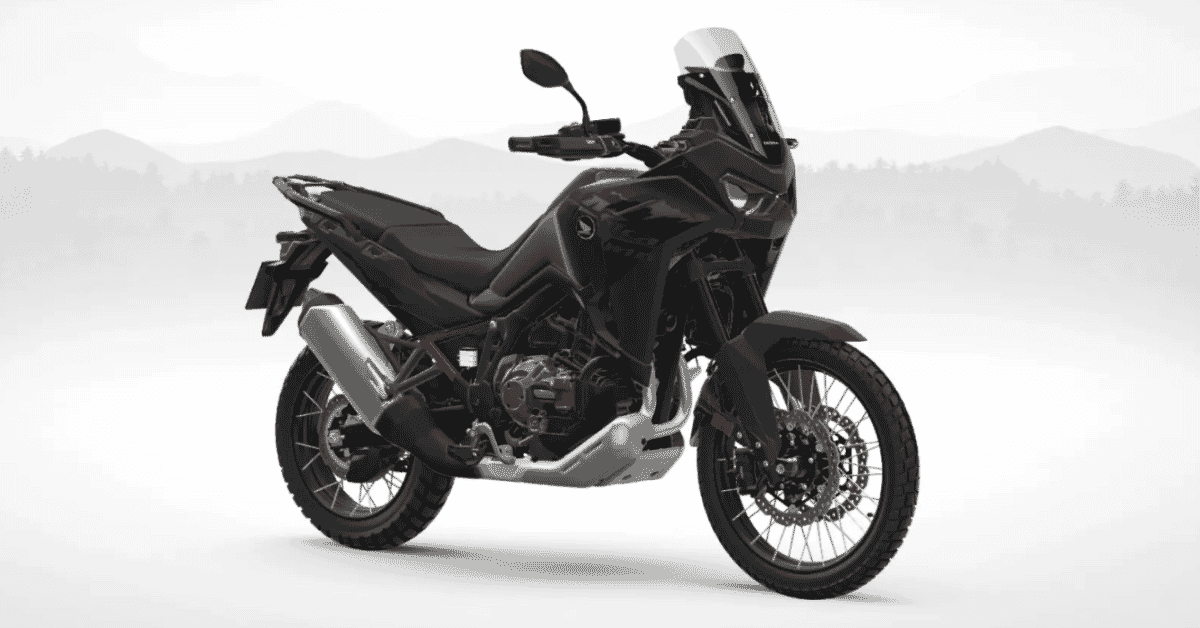
V-Twin
V-Twins are synonymous with custom and cruiser motorcycles, Harley-Davidson being the best known, but are also used to great effect on sports and performance bikes - Ducati being the most well-known. They come in all sizes; from 125 all the way up to 2000cc
Relatively slow-revving, and often featuring a long stroke, they produce tons of low-end torque, and produce a characteristic and appealing exhaust note.
It's not all good news though, V-Twins can exhibit significant vibration - particularly in larger displacement models - and can be limited in high-end power output. They can also have uneven weight distribution, impacting handling and are more complex and expensive to manufacture and maintain.
Ducati’s Monster features a 937cc 90 degree V-Twin (although Ducati term it an ‘L-Twin’). Indian Motorcycles’ Thunderstroke 116 is almost double the capacity at 1,890cc.
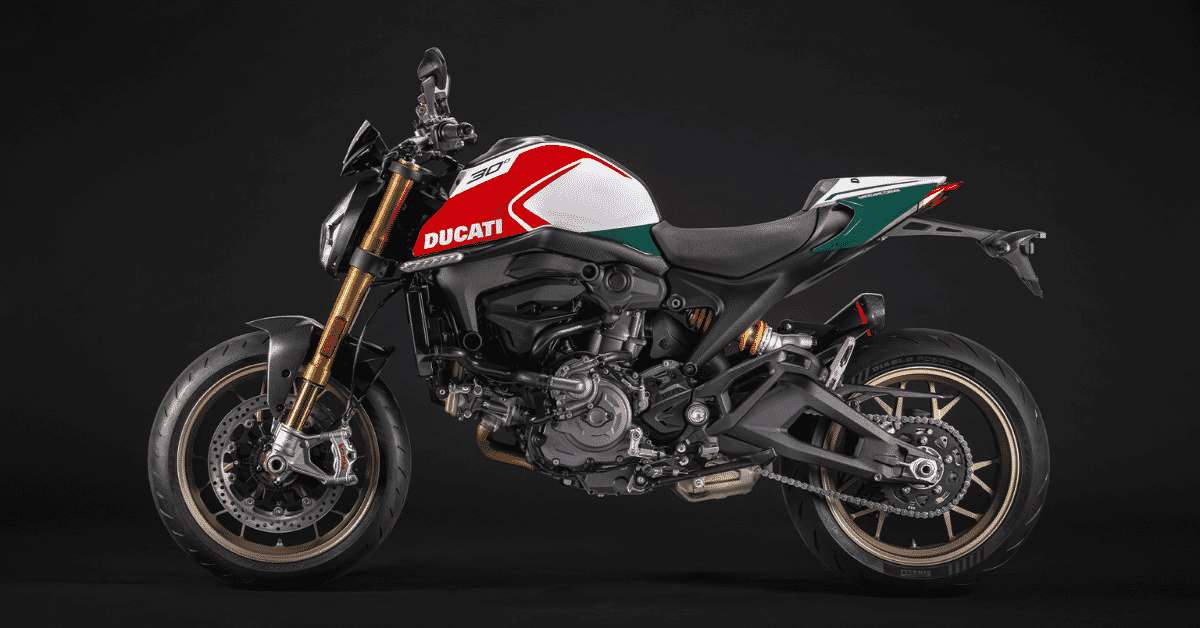
Horizontally-Opposed Twin / Flat-Twin
Sitting low in the frame, and with cylinders pointing parallel to the ground, a horizontally opposed twin (also known as flat- or boxer twin) comes with the main advantage of a low centre of gravity, enhancing stability and handling.
Boxer twin engines typically provide a wide powerband, offering good torque at various RPM levels. This makes them suitable for a range of riding conditions. The design allows for efficient air cooling, and a narrow profile, which can be advantageous in terms of aerodynamics and motorcycle design. The prominent cylinders can affect impact manoeuvrability though.
Boxer engines are also fairly heavy, affecting overall weight of the motorcycle, however, advancements in materials and engineering have mitigated this to some extent in modern designs.
BMW are synonymous with the Flat-Twin configuration and use it in their boxer twins, such as the R nineT retro models and R 1300GS adventure bikes.

Triple
Moto Guzzi were the first manufacturer to experiment with a three-cylinder engine, way back in 1932.
The extra cylinder adds extra power compared to a twin, but without too much of a weight or size penalty - they’re generally more compact than a four-cylinder making them a good choice for motorcycles where space is a premium.
Triples are also easy to balance, which results in smoother power delivery - the outer pistons cancel each other out, while the middle piston can be taken care of with a balance shaft. They also produce a unique turbine-like exhaust note, which many riders favour.
The additional cylinder brings with it complexity, so manufacturing and servicing costs aren’t as low as a single or twin.
Three-cylinder engines also may have less low-end torque. This can affect the bike's performance at lower speeds, although the specific design and tuning of the engine can influence this.
Yamaha’s XSR900 GP, the MV Agusta Superveloce 800 and the 2458cc Triumph Rocket 3 all use three-cylinder engines.

Inline Four
Inline-four engines are renowned for their high-end power and performance. They can achieve high RPMs, making them suitable for sport bikes and other high-performance motorcycles.
The inherent balance of a four-cylinder configuration results in smoother operation compared to engines with fewer cylinders, for a more comfortable and enjoyable riding experience.
Inline-four engines are more complex than those with fewer cylinders, so require higher manufacturing costs and maintenance requirements.
They’re also wide and heavy, impacting the overall weight, width and handling of the motorcycle.
Due to their high-performance characteristics, motorcycles with inline-four engines aren’t always ideal for beginner riders; the power delivery and responsiveness can be challenging for those who are still learning to ride.
The Suzuki Hayabusa, Kawasaki’s Ninja H2 and Honda’s CBR1000RR Fireblade all feature high-performance inline four engines.
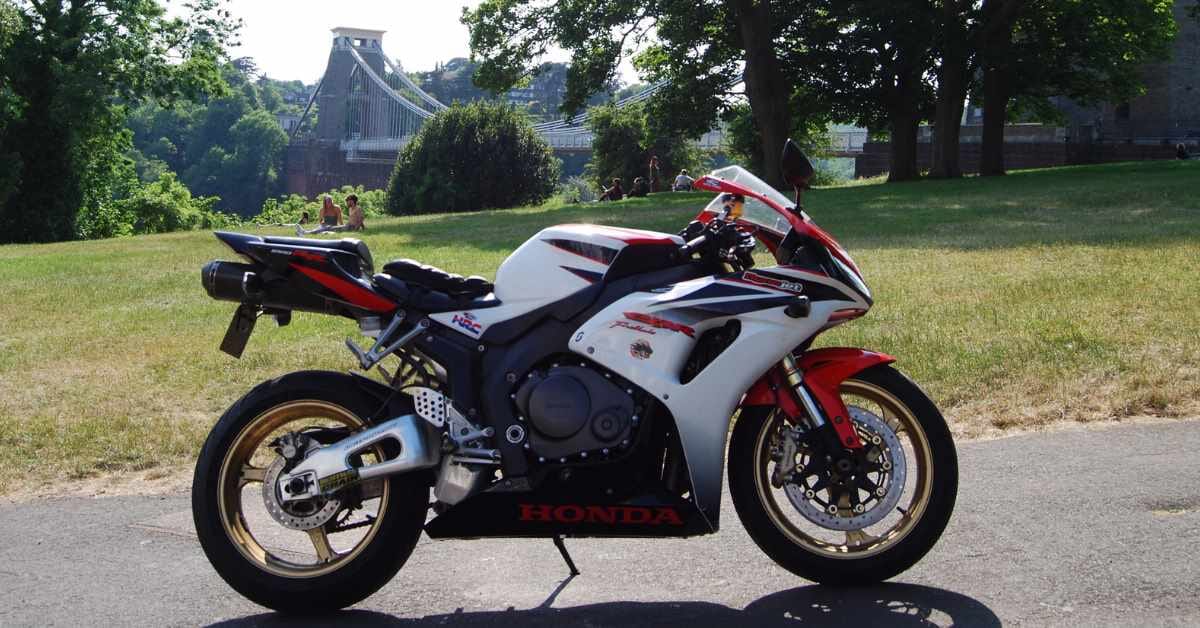
V-Four
V-four engines are known for their smooth and balanced operation. The V configuration helps minimise vibrations, providing a comfortable and refined riding experience.
V-four engines can be more compact than in-line four-cylinder engines. This can contribute to a more agile and manoeuvrable motorcycle, and improved weight distribution.
They provide a good balance between low-end torque and high-end power, which results in a versatile power band, making them suitable for various riding conditions and styles. They also produce a unique and appealing exhaust note.
As you’d expect, V-four engines are very complex. The V arrangement involves more components and can be more challenging to manufacture and maintain; the compact nature makes accessing components challenging compared to simpler engine configurations.
Examples of road-going V-four engined machines include the Honda VFR800 and the Aprilia RSV4.
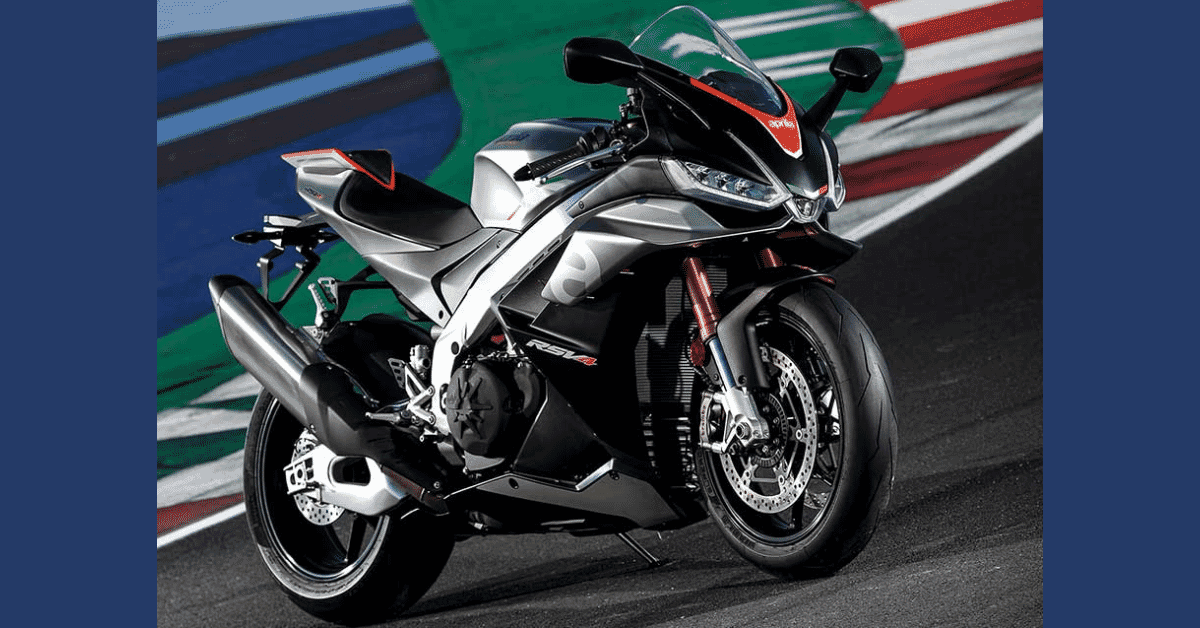
What does the future hold for motrcycle engines?
Motorcycles serve diverse purposes, ranging from commuting and touring to off-road riding and high-performance sport riding. As hopefully you can see from the above examples, the different engine configurations cater to those specific requirements.
Advances in technology, materials, manufacturing processes, and design techniques have led to the creation of more complex and specialised engine configurations as time has passed.
Consumer preferences and market demand have also played a part, as manufacturers produce bikes to appeal to a broad spectrum of riders with varied needs and tastes.
Concerns about environmental impact and fuel efficiency have and will continue to lead to the development of alternative engine technologies, such as electric motorcycles and hybrid systems. These innovations will shape the diverse landscape of motorcycle engines further still.
If you are looking to get more from your motorcycle, browse our online shop here at Venhill to upgrade cables, lines and other components. We also have a useful Part Finder, to help make it easy for you to find the necessary equipment for your specific bike.


